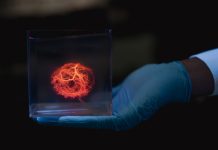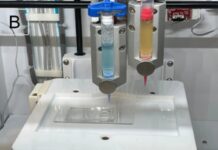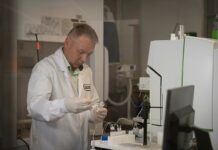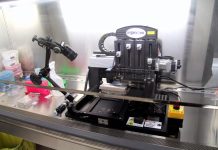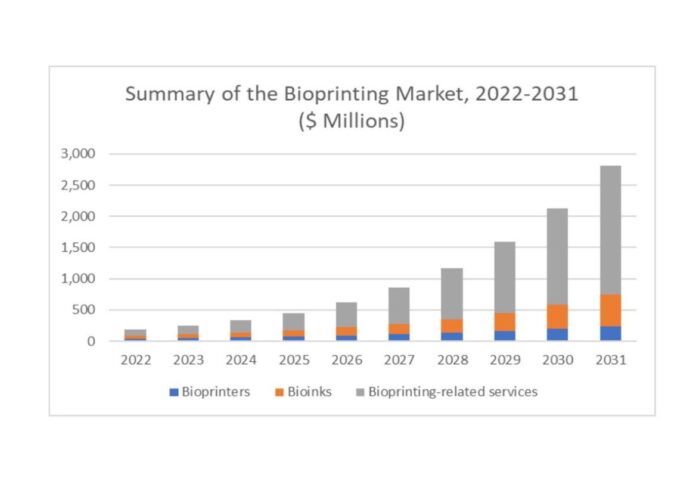
A report from market research provider SmarTech Analysis has revealed that revenues in the bioprinting industry are expected to reach approximately $1.2 billion in 2028.
The estimation marks a stark difference from today’s value, which stands at $182 million.
According to the report, titled “Bioprinting: Markets and Opportunities,” almost 70 per cent of the bioprinting industry will come from application and service revenue by 2028.
The report noted that the industry is many years away from transplanting printed organs but bioprinting is rapidly gaining momentum in applications in drug and cosmetics testing.
This innovation means avoiding the need for animal testing and allows testing to be conducted on printed artificial tissue and organs.
“New applications are quickly emerging for bioprinting, and they are very much in line with important megatrends in healthcare—notably the trends towards personalized medicine and bringing care closer to the patient,” said Lawrence Gasman, founder of SmarTech Analysis and author of the report.
“For example, bioprinting can enable procedures such as skin grafting to be performed in a clinic rather than at specialized hospitals,” Gasman added.
The report also highlighted that by 2031, research and development service revenues will clock up almost $250 million in service/applications revenue for bioprinting, but will still only amount to 12 per cent of total service or application revenues in the bioprinting industry.
Technological innovation across the entire sector is also expected to accelerate, with the report citing three developments in particular as areas of strong commercial potential.
These include the emerging organs-on-a-chip technology, which is a product class that bioprinting does much to enable.
It is also predicted that bioprinters will move beyond the currently dominant extrusion and inkjet machines.
The Bioprinting report is the result of SmarTech’s nearly-a-decade effort of tracking the bioprinting sector. It also covers bio-inks and bio-printing-related applications, as well as the bioprinters themselves.


